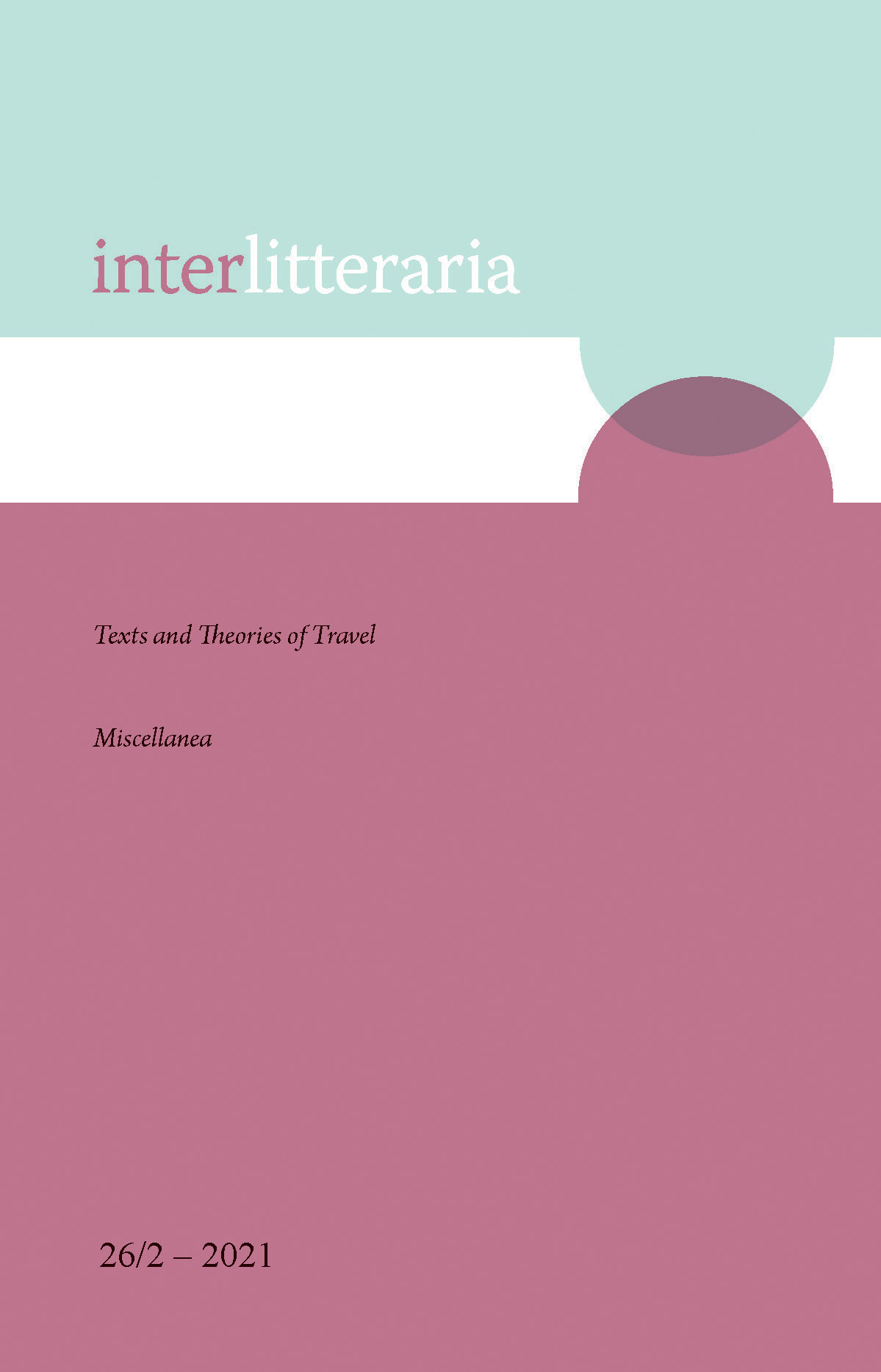Fotografía y proceso de escritura en "Sete palabras" de Suso de Toro, "Soinujolearen semea" de Bernardo Atxaga y "La meitat de l’ànima" de Carme Riera
DOI:
https://doi.org/10.12697/IL.2021.26.2.11Keywords:
pre-digital photography, writing process, metafiction, contemporary Basque, Galician and Catalan novelAbstract
Abstract. Photography and the writing process in Sete palabras by Suso de Toro, La meitat de l’ànima by Carme Riera and Soinujolearen semea by Bernardo Atxaga. This paper aims to understand the function of pre-digital photography as described in contemporary metafiction. For this comparative analysis, I have selected three novels representing different cultures on the Iberian Peninsula and published in the 21st century: Sete palabras (Seven Words, 2009) by the Galician writer Suso de Toro (born in 1956), La meitat de l’ànima (Half the Soul, 2004) by the Catalan Carme Riera (born in 1948) and Soinujolearen semea (The Accordionist’s Son, 2003) by the Basque author Bernardo Atxaga (born in 1951). These three novels present a common feature in which the narrator (a writer born around 1950) writes a book in which he or she is, simultaneously, the sender of the written message (his or her book) and the receiver of the photography used during the writing process. In this construction of meaning, the writer re-contextualises the visual image and uses it for various proposes: to compare situations or characters, to verify discourses or facts, to identify someone, to preserve data in the record, or to communicate something. Sometimes, the photography does not accomplish its supposed function and does not help the writer to continue documenting or writing. In this case, the difficulty or impossibility of knowing the truth is emphasized. These photographies also have a narrative and structural function in the books, as they frequently demonstrate the text’s own self-awareness.
Downloads
Downloads
Published
Issue
Section
License
The contents of Interlitteraria are published under CC BY-NC-ND licence.


